How I Made $3K Shooting Grads as a Full-Time Student (With Just $20 in Ads)
For student photographers, hobbyists, and creatives trying to turn a passion into income — this post breaks down the exact steps I took to go from barely booking any grad sessions to building real momentum. I have no huge following and am still unknown in my city. Yet, by having a clear strategy I made it work and you can too.
PORTRAIT PHOTOGRAPHYGRAD PHOTOSBUSINESS STRATEGY
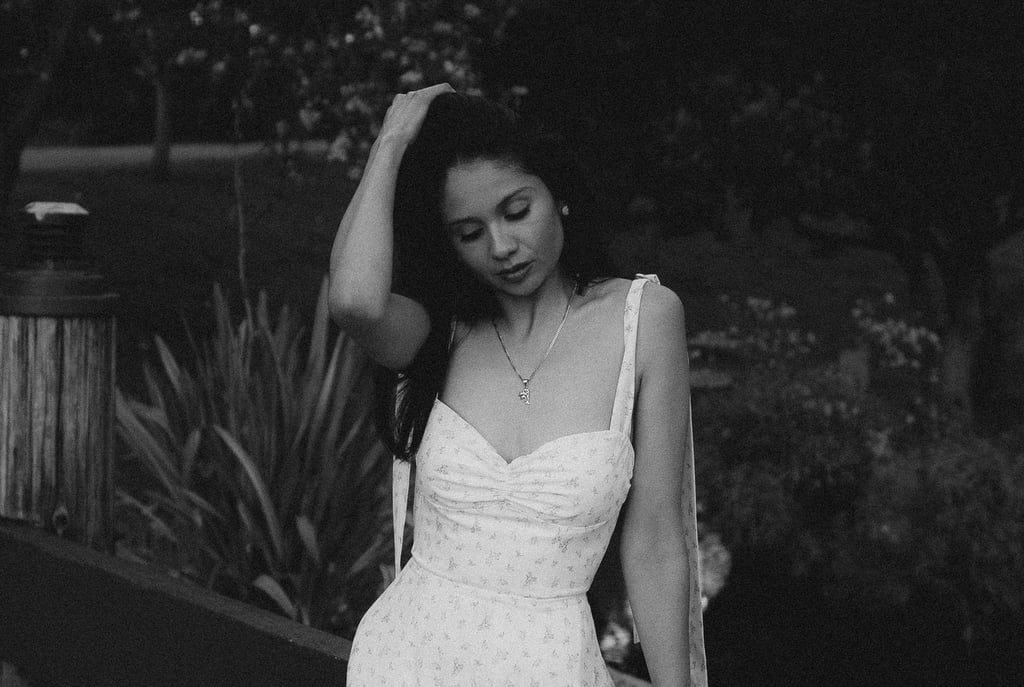

Grad Season. One of the most hectic and busiest times for portrait photographers, but also one of the best chances to bring in real income. As my friend Zach puts it, “Everybody eats.” And he’s right. We probably saw each other shooting on campus seven or eight times.
This year was the first time I really leaned in. I made just over $3,000 from 19 sessions. Not a life-changing number, but considering I’d only done two grad shoots total over the past two years, it felt like a real step forward.
This was the first season I actually felt like a grad photographer.
In 2023, I did my first real grad shoot, a group of ten girls at 8 a.m. on a Saturday. I was nervous. I didn’t really know what I was doing yet, and I relied heavily on Pinterest poses and YouTube tips to get through it. But I learned. The next year, I booked another group session, and this time I was more confident. The shoot went smoother. My posing improved, I paid better attention to lighting, and I started to find my rhythm.
Those two sessions became the core of my early grad portfolio. It wasn’t a huge body of work, but it was enough to start sharing and marketing, especially because they showed variety, group management, and solid editing.
Looking back now, that early effort gave me the proof I needed, not just to market myself, but to believe I could actually do this.
I hit a financial wall... and then snowboarding made it worse.
Fast forward to December 2024. I had just picked up snowboarding as a new hobby and went all in. I’m talking boots, board, shells, gloves, everything. I easily dropped around a thousand dollars in the span of a week. It was my first snow season, so I was hyped… but I wasn’t thinking about my bank account.
Soon after, a few unexpected expenses hit me. My bank balance was looking scary, and I started realizing I’d made some poor financial moves. That’s when the panic started creeping in.
I needed money. Not next month, not after the semester, I needed it now. But with the holidays coming up and my schedule already packed, I didn’t have time to take on more shoots right away.
So I thought, what if I could make money now, and shoot later?
“Pay Now, Shoot Later”
That mindset shift led me to a simple strategy: offer discounted sessions during the holidays that clients could book in advance. I called it a “Pay Now, Shoot Later” promo. It wasn’t revolutionary, but it gave me what I needed, upfront deposits, locked-in clients, and peace of mind.
I priced solo sessions at $100 and duos at $175. For the quality I was offering, it felt like a steal, a robbery even, but that was the point. I knew I had to give people a reason to act fast. I positioned it as a limited-time holiday flash sale, so the scarcity gave it that extra push.
As soon as the first person booked and paid a deposit, I took that money and reinvested it into building out the system properly.
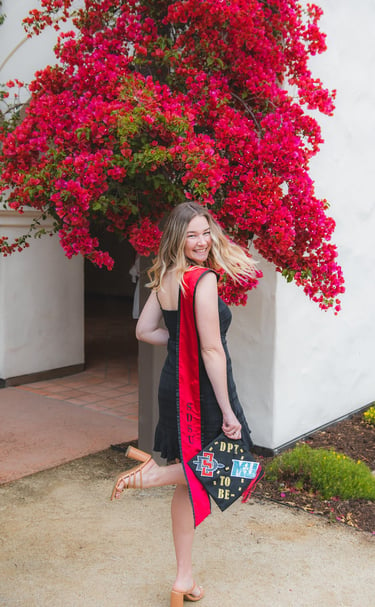

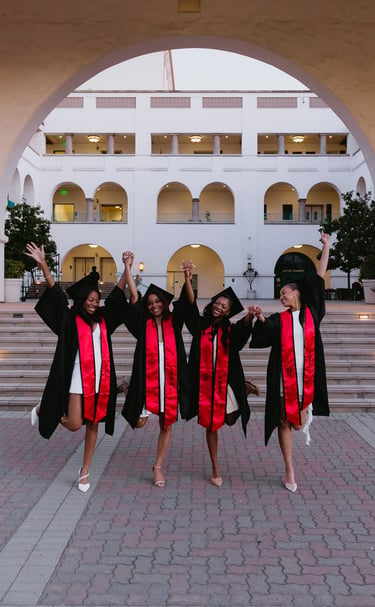

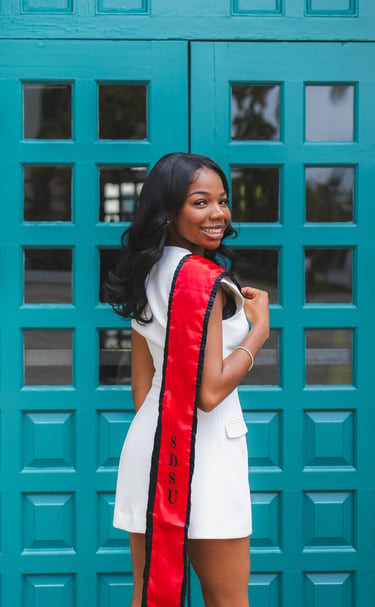

*Shots from my first 2 grad sessions I used for promo
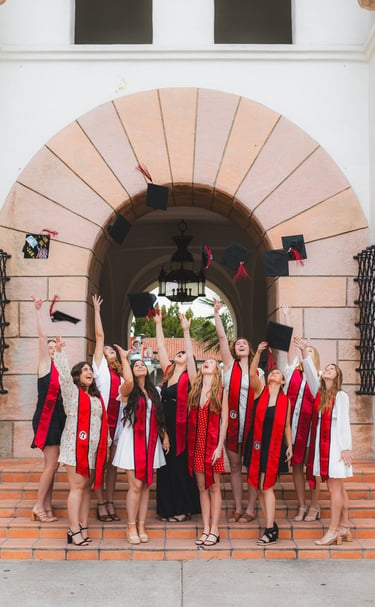

Here’s what I built in 48 hours to get bookings fast.
Over the course of a couple of days, I built a clean, functional booking system from scratch. I added a new page on my website where grads could check my pricing, view sample work, and pay their deposit online without having to DM me first.
I integrated Calendly into my workflow so people could schedule their shoots based on their campus and group size. I also included curated Pinterest boards to help them plan outfits and poses, anything I could do to make the experience feel smooth and thoughtful.
On my end, I used Google Sheets to track everything: order numbers, names, session types, contact info, and payment status. I knew I’d be juggling a lot in the spring, so I needed to stay organized months in advance. That system saved me when things picked up.
Once it was live, I created two vertical flyers on Canva to share on my Instagram Stories, one for the sale itself, and one with more example images. Those stories led to my first booking, which paid for the $20 I then used to boost the same story.
My $20 ad wasn’t flashy — but it worked.
That single boosted story reached 3,239 people, got 104 site visits, and brought in 14 new followers, all off a $20 budget. Simple photos, direct caption, and a link in bio. That was it.
The funnel was basic but effective:
Instagram Story → Website → Deposit → Confirmation.
And just like that, the bookings started to roll in. I wasn’t trying to run some high-level ad campaign, I just needed something that could get me in front of people who were already on their phones, already thinking about grad season.
I couldn’t take on more. And honestly, I’m glad I didn’t.
What most people don’t see is that I was also finishing my final semester of college. Between school, extracurriculars, and my other projects, I was already stretched thin. I made a conscious choice not to promote again after that first flash sale because I knew I couldn’t take on more shoots without compromising quality or burning myself out.
And looking back, that decision saved me. I stayed focused, delivered well, and learned how to manage the kind of workload I could handle. If I had tried to squeeze in more just for the money, I probably would’ve let people down.
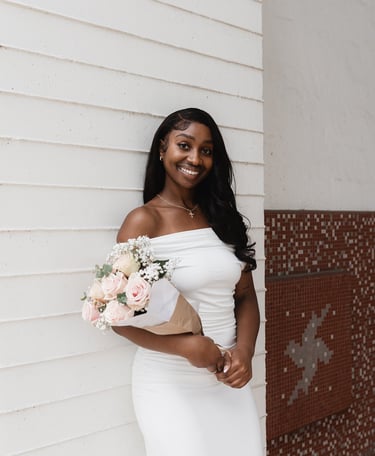

Representation matters, and people saw that.
One thing I started noticing as the bookings came in, a large number of my clients were Black grads, particularly Black women. The feedback I kept hearing was that they trusted me to shoot their skin tones right, especially in natural light.
That stuck with me. Because as I looked around, I didn’t see many photographers actually showing that kind of representation or attention to detail in their portfolios. So when grads saw my work, they felt seen and that meant a lot.
It also helped my growth. Most of the follows I got from my boosted story came from Black students, and I plan to lean more intentionally into that next season with better targeting and creative direction in my ads.
Looking back: what I learned and what I’ll do differently.
This grad season taught me that systems beat stress. Having a strategy in place, even a basic one, gave me the confidence to scale without getting lost in the chaos. It reminded me that momentum doesn’t come from hype, but from showing up consistently and making your offer easy to say yes to.
Next season, I plan to:
Return to my regular rates (no more market busting prices)
Invest more in ads with clearer targeting
Use my newer work to better showcase what I can do
But this season gave me the foundation I needed. It proved that if you move with intention and take care of the people who book you, the results will come.
Want to try something similar? Here’s what I’d recommend:
Promote 1–2 months before your grad season starts
Offer early booking discounts with a clear deadline
Don’t send PDFs! Stand out and build a clean, scrollable landing page
Track your bookings and deposits in one central spot
Reinforce trust with client-friendly tools like Calendly and inspo boards
One more thing before you go.
If you’re a photographer editing grad portraits in all kinds of lighting (midday sun, golden hour, cloudy skies), I built a preset pack to help with exactly that. It’s called TrueTone | Grad Edition, and it’s designed to keep skin tones natural and colors vibrant, no matter the conditions.
Check it out if you want to save time and get consistent, clean results.
Thanks for reading, and if you want more photography content like this, subscribe to the newsletter below.
Subscribe to my newsletter
No spam, no fluff — just occasional gems, early access, and deals I don’t post anywhere else.
